|
Tree-ditions is commissioned to work with local authorities in providing personal development courses for young people. One of these courses includes participants working towards John Muir Awards and Heritage Hero Awards. As part of the course content participants are encouraged to share their experiences, this fantastic group of girls have chosen to use a blog to be hosted here. This group finished in October 2018. This is their experience in their own words. Introduction As part of the Bridges and East Lothian Works project, we went to the woods 2 days a week for 10 weeks to achieve the Heritage Heroes Award and John Muir Award with Tree-ditions. During these 10 weeks we looked at different types of trees, how to identify them and what they were good for. We learned survival skills such as fire lighting, putting up a shelter, outdoor cooking, foraging and tracking and traditional green wood working skills. Below is a more in depth look at what we have achieved.
Stool Making
Spoon Making
Tree Felling
Roots
Outdoor Cooking
Sawing
Pole Lathe
The pole lathe is a human powered green wood turning tool. Axes
Woodland Management
Putting Up a Shelter Knots
Conclusion
In conclusion, we learned how to use traditional tools, how to survive in the wilderness, the need to look after wild places to increase biodiversity, how to harvest wood from a tree without harming it, the need to look after the number of living organisms in this wilderness. The woodland we found was surrounded by arable farm land, crops with little biodiversity. This showed us the importance of helping to conserve these wild places to increase biodiversity. Using the traditional tools and making things with them helped us connect with our past. As our ancestors would have did the same things in times gone by. |
AuthorI love the outdoors the natural history, I love being close to nature in all it's diversity, from repairing an old dyke on a hillside and seeing the life which lives in there to skinning a deer to cook in a ground oven in the woods. Archives
December 2018
Categories |
|
|
Get In Touch
|


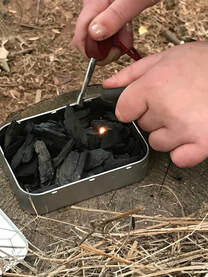
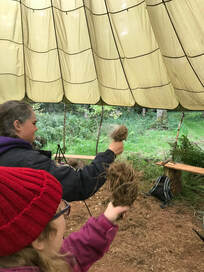
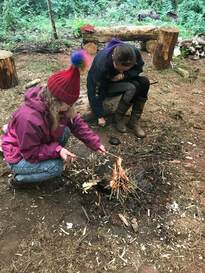
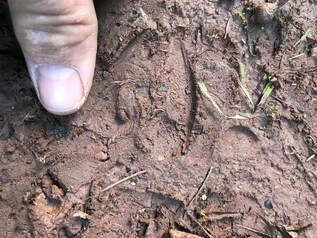
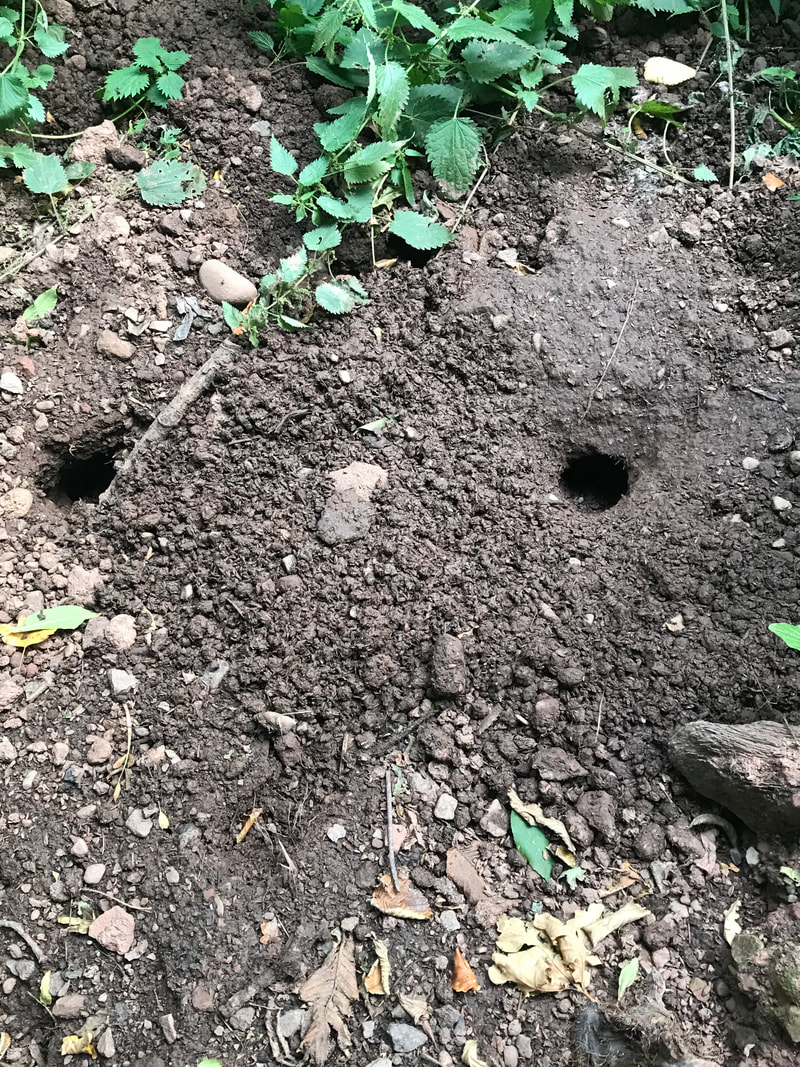
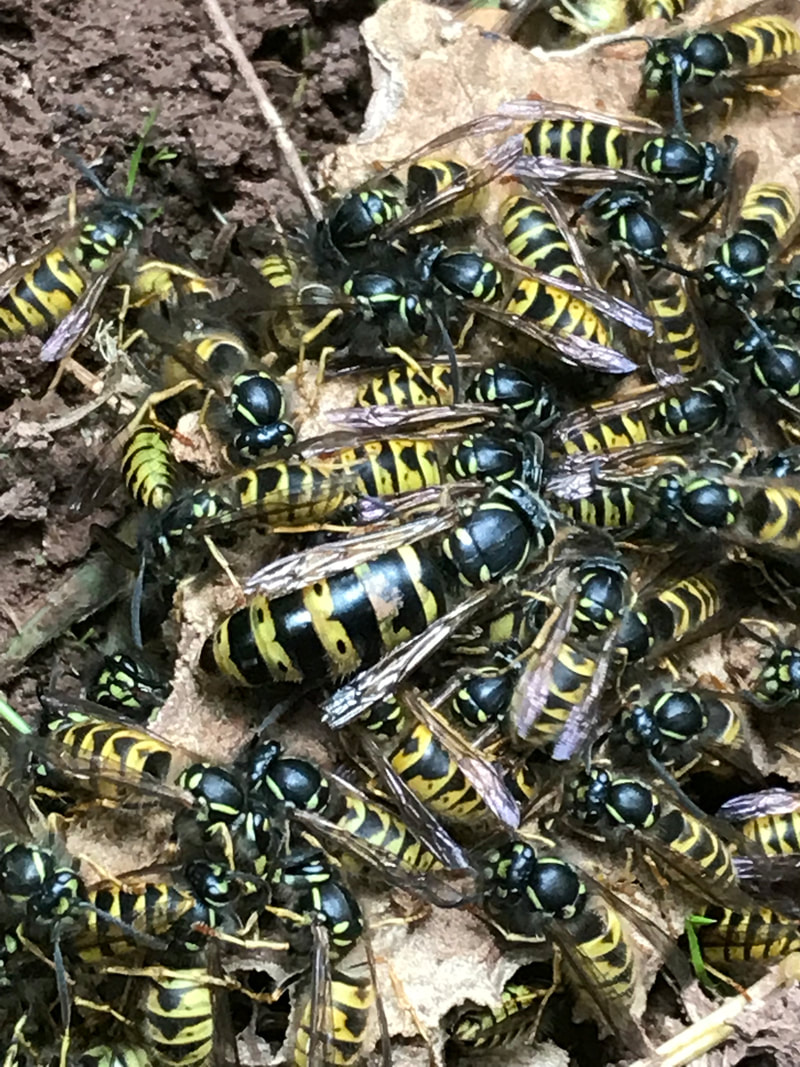
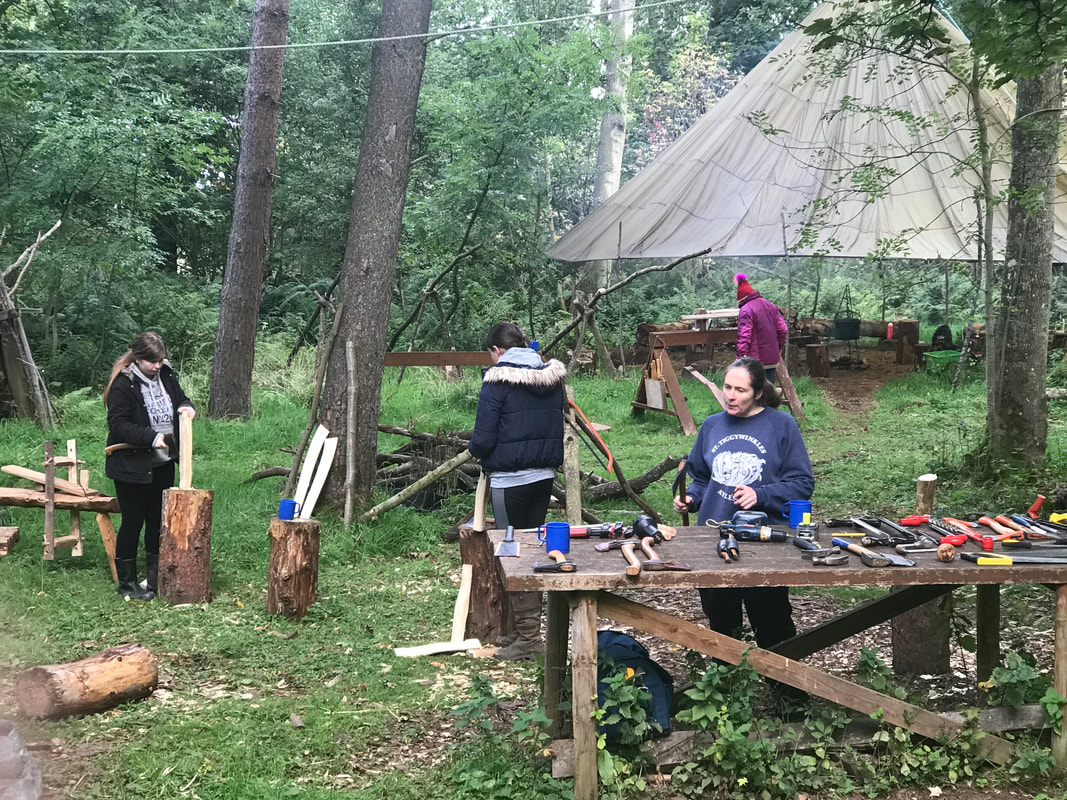
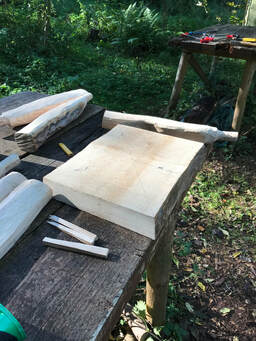
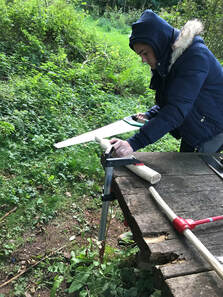
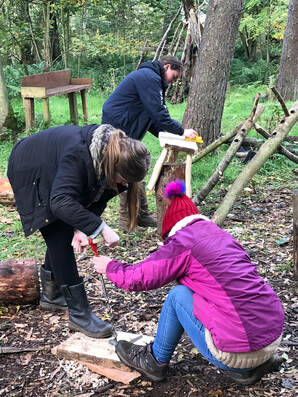
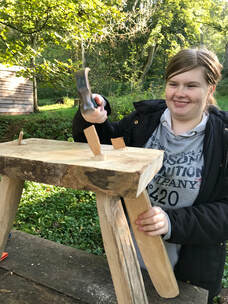
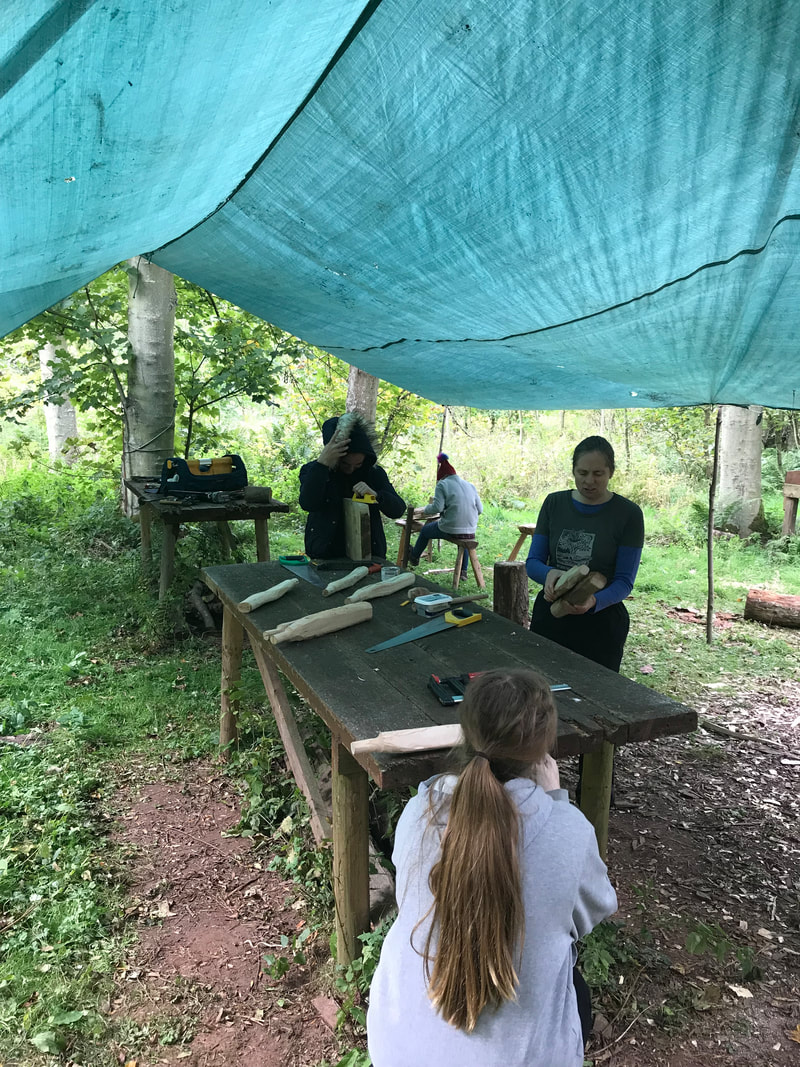
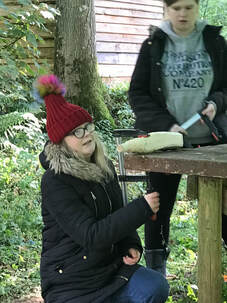
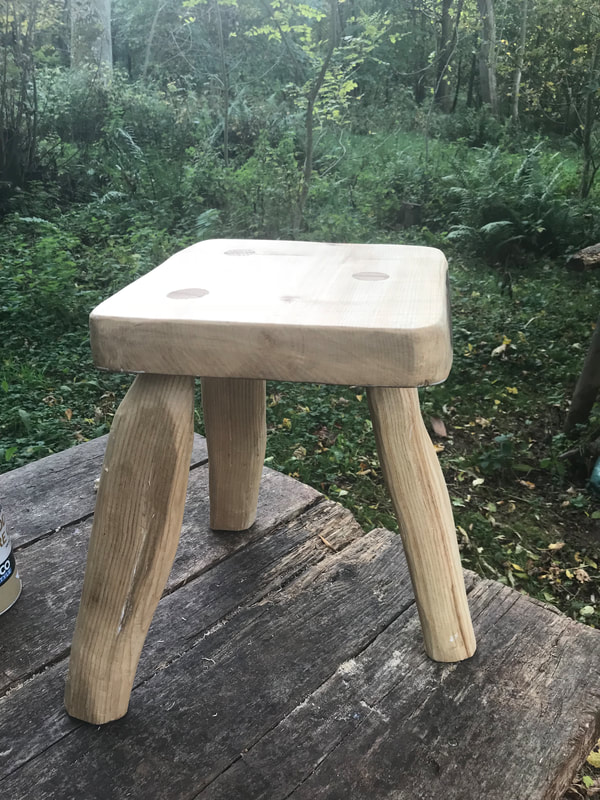
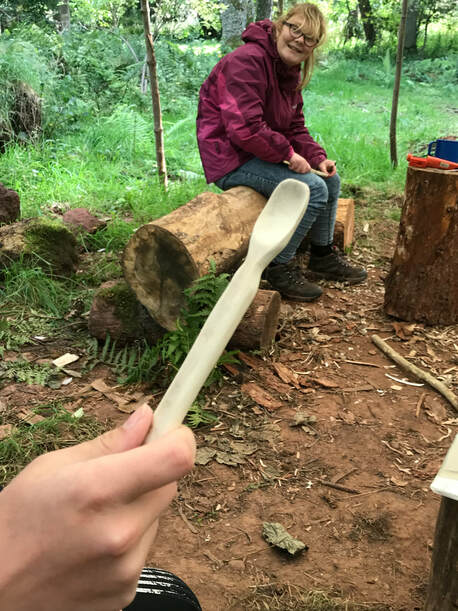
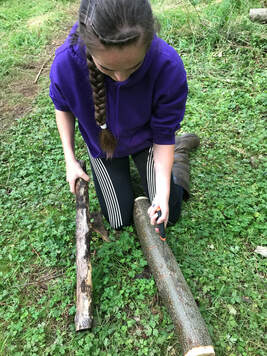
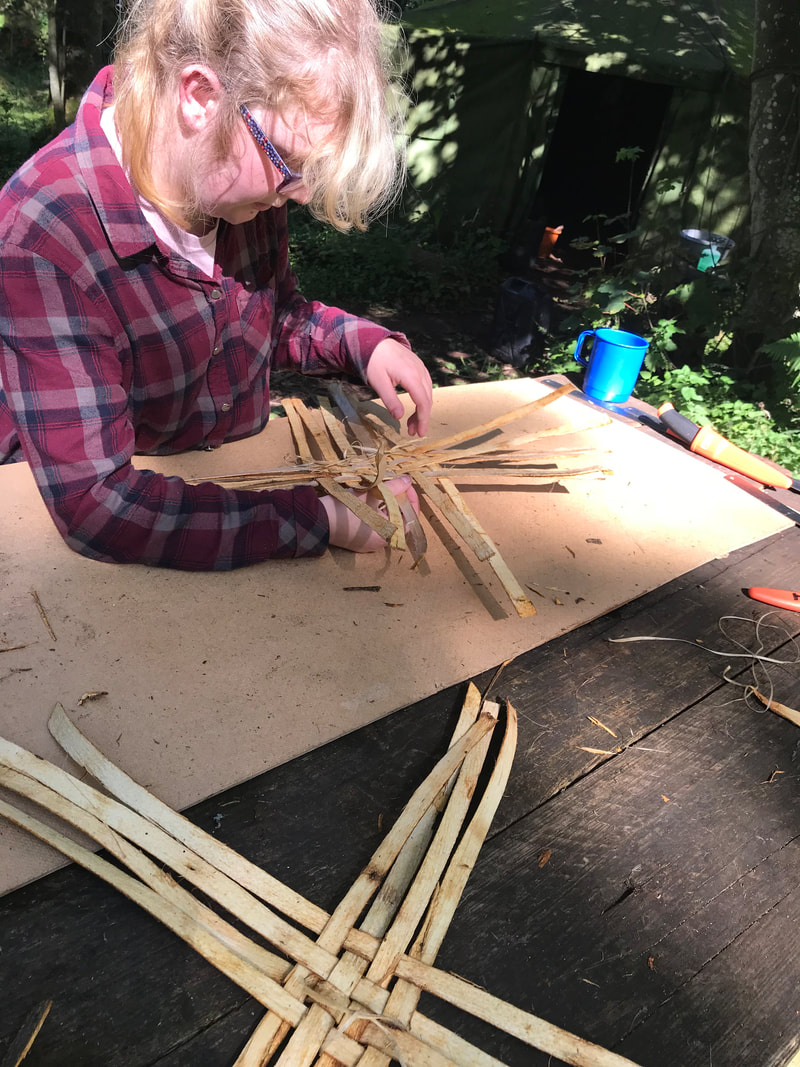
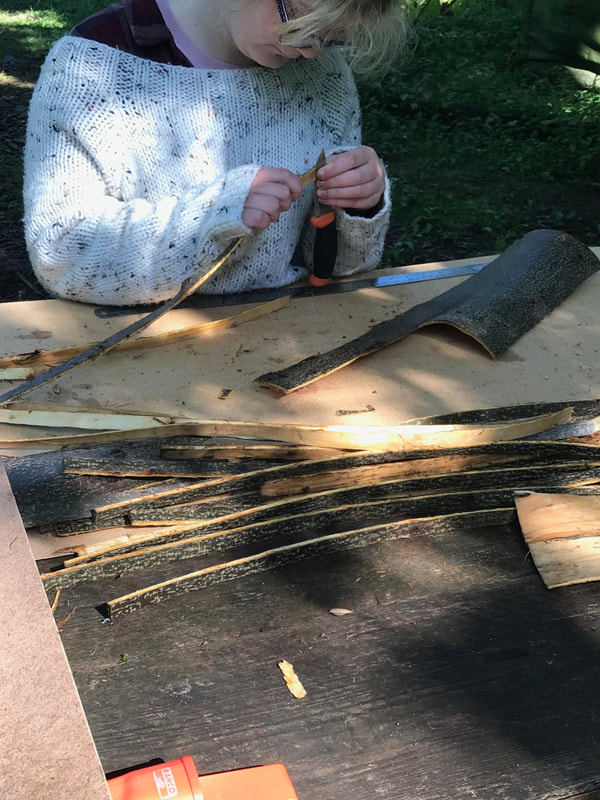
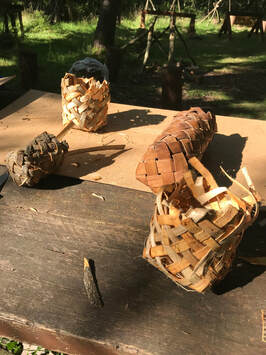
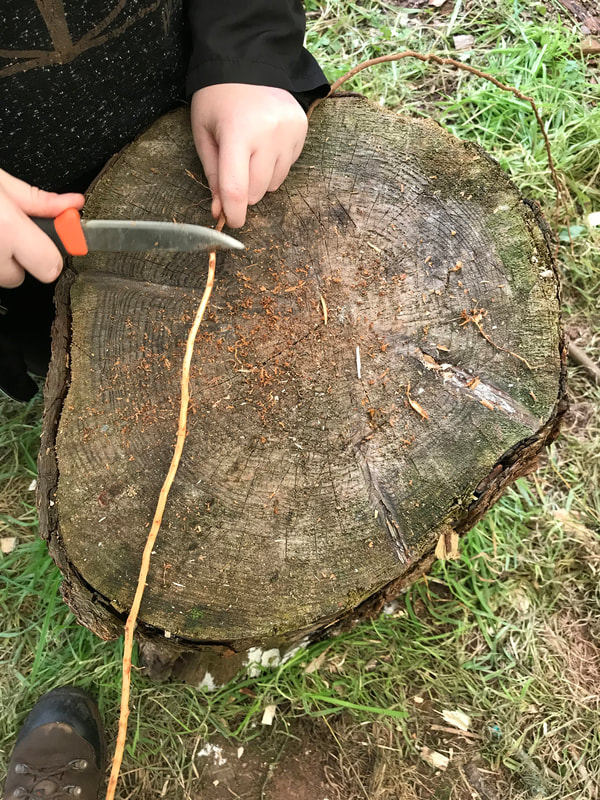
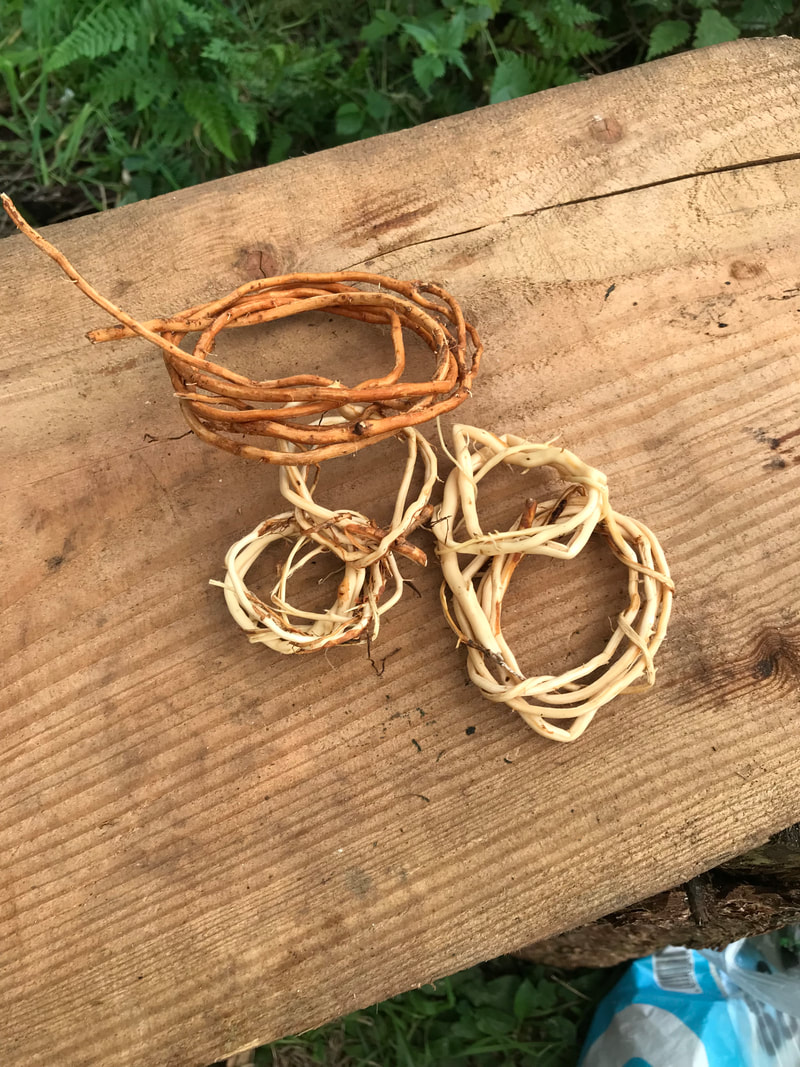
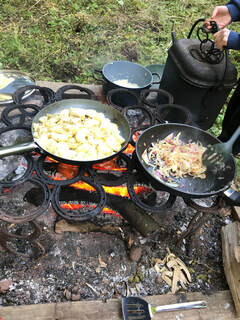
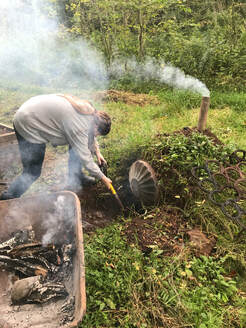
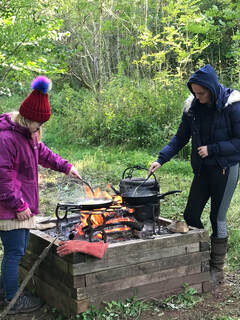
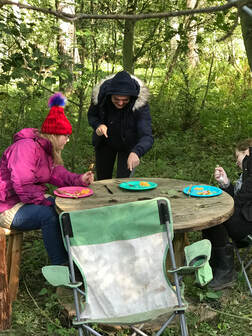
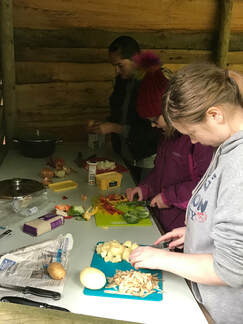
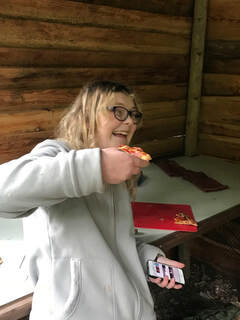
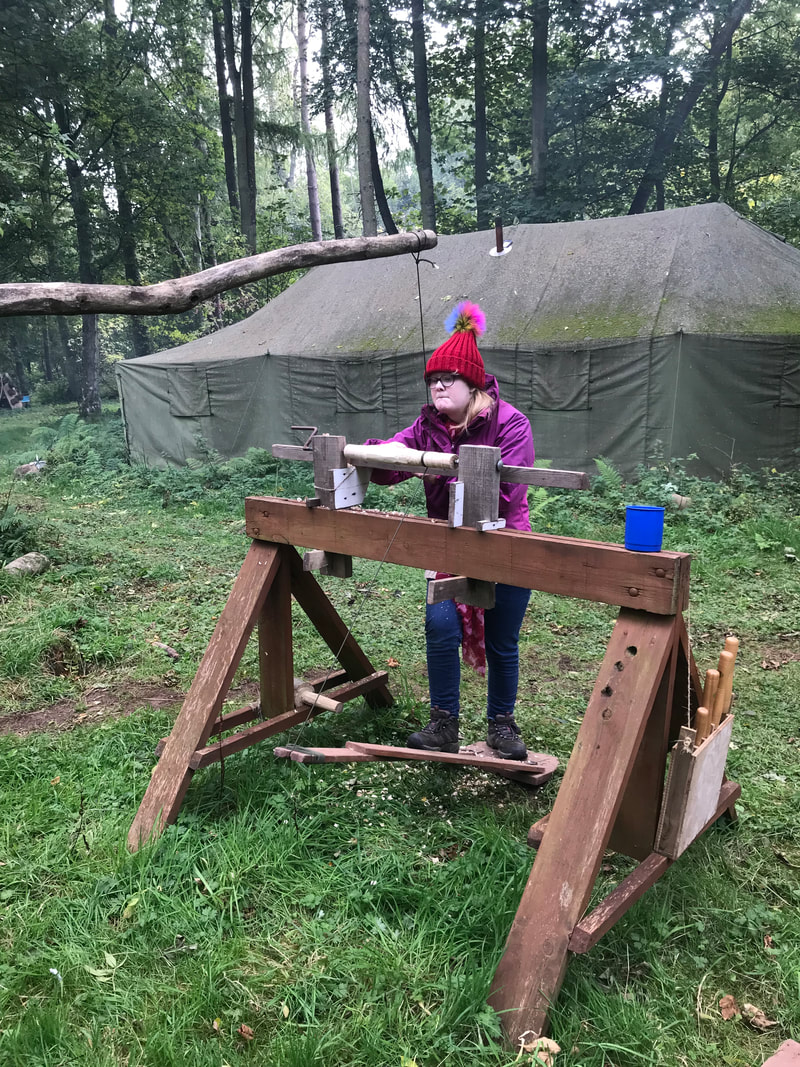
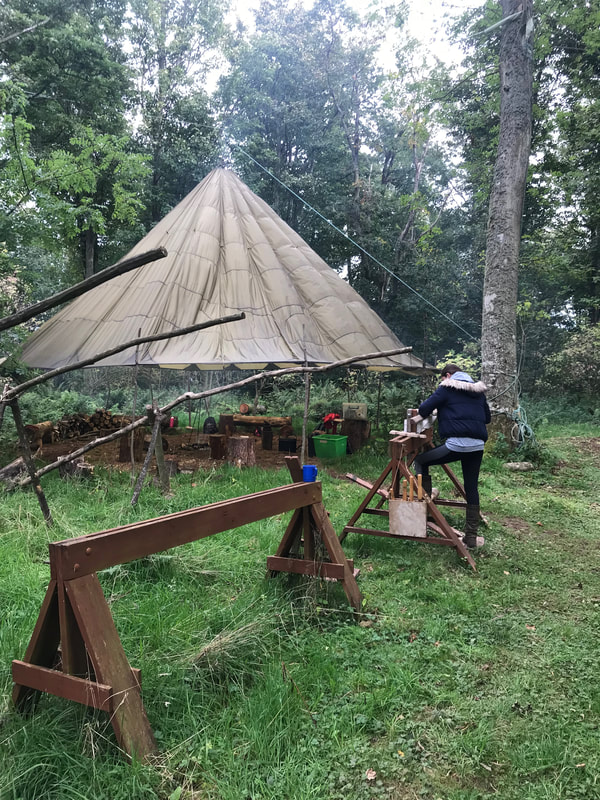
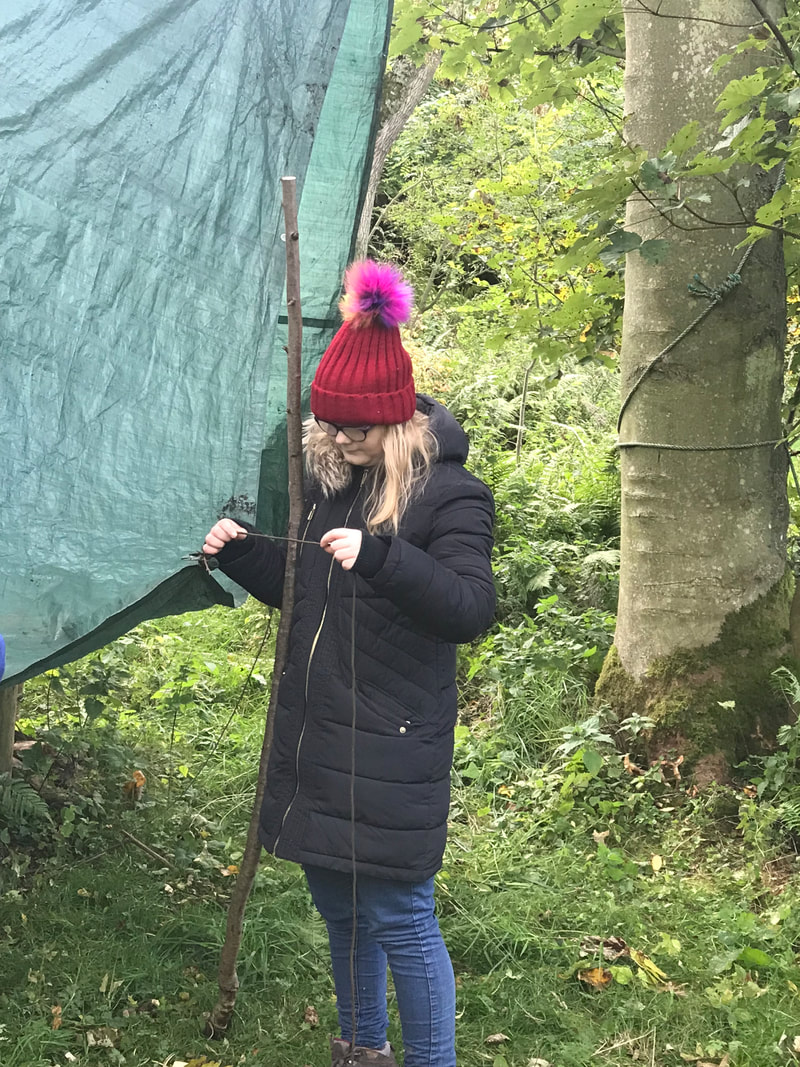
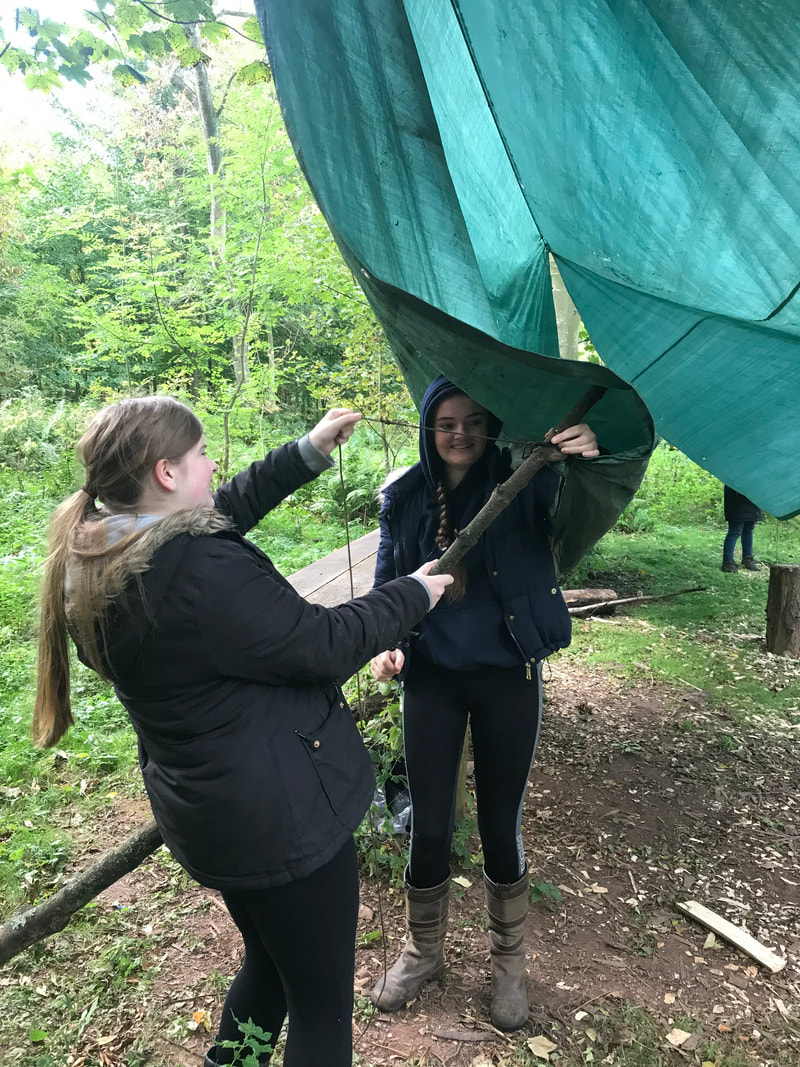
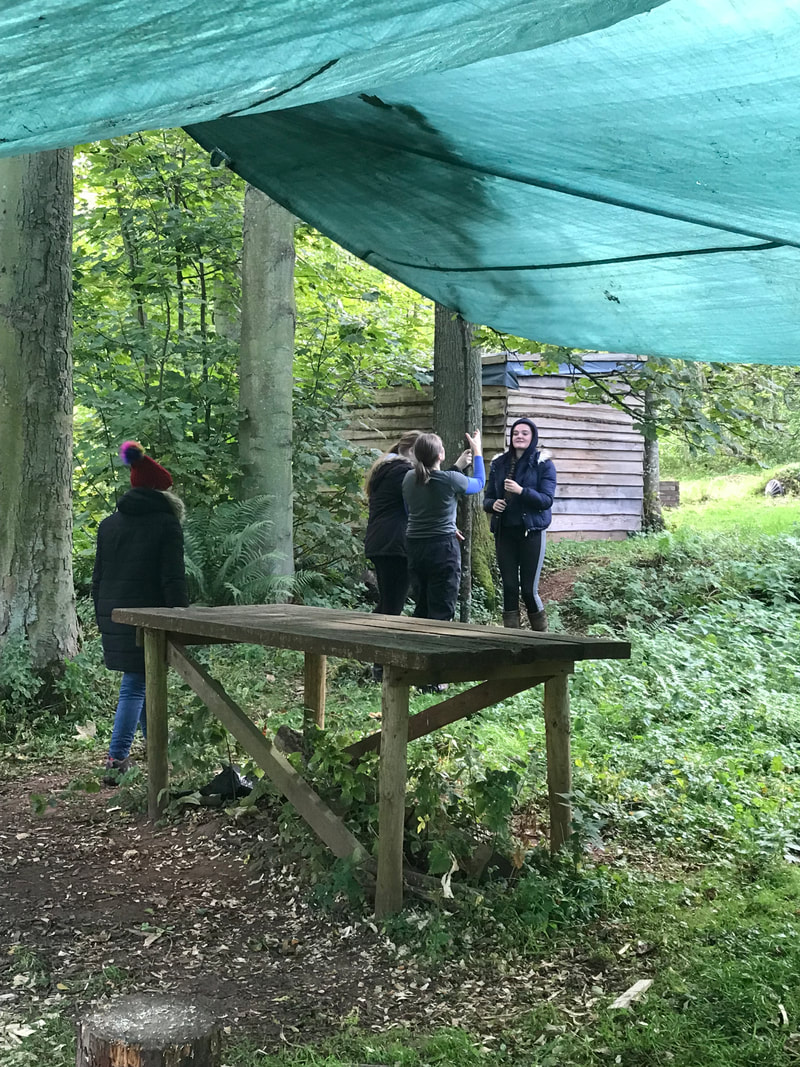
 RSS Feed
RSS Feed
24/12/2018
1 Comment